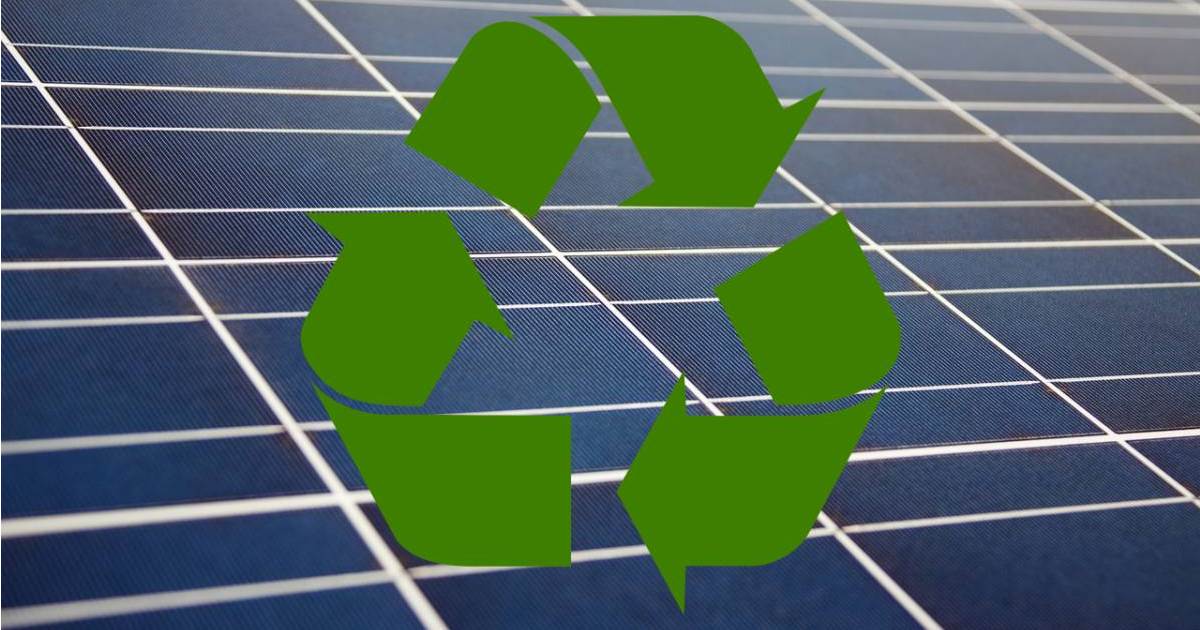Queensland’s Bundaberg Regional Council has introduced a hefty charge on disposing of unwanted solar panels at its waste facilities.
Good quality solar panels should last for decades, but unfortunately not all that have been installed to date are good quality. Solar panels are increasingly appearing in landfills – some the result of crap solar installations, but also from people upgrading their systems. In either event, it’s not a great situation.
In June, Federal Environment Minister Sussan Ley put Australia’s solar industry on notice that it requires an industry-led nationwide scheme design for dealing with solar waste finalised by June next year. The Clean Energy Council noted it had developed a nationwide plan that the Federal Government walked away from.
The Bundaberg region is a small-scale solar power stronghold, with an estimated and very impressive 42% of private dwellings with panels installed.
While a national plan is being sorted, Bundaberg Regional Council has introduced a $30 per panel waste disposal charge for modules delivered to the Bundaberg Waste Management Facility at University Drive, Branyan.
Council’s Waste and Recycling portfolio spokesperson Cr Tanya McLoughlin said the charge would cover the costs of having the solar panels recycled through specialised organisations offering pick-up services.
“When solar panels make their way to landfill as general waste it increases the chance of heavy metals including lead, tin, cadmium, copper, and other harmful components leaching into our local groundwater supply.
Properly recycling of these heavy metals, as well as the high purity silicon, aluminium, and plastic components of the panels is environmentally and economically the best long-term solution to this growing waste problem.”
SQ’s Ronald previously delved into the controversial topic of recycling solar panels here.
The High Cost Of Cheap Solar
So, under Bundaberg’s Council’s charge and for a 6.6kW system consisting of 18 panels, it would cost $540 to dispose of the panels at the Council’s waste facility – adding significantly to the high cost of cheap solar. It’s another good reason to avoid crap solar power systems in the first place.
Cr. McLoughlin points out those wanting to get rid of panels can also avail themselves to other recovery services, but I assume they won’t be much cheaper, if cheaper at all. I imagine there will be some stockpiling going on in the Bundaberg area while the wider industry puts something together to Minister Ley’s satisfaction, and unfortunately perhaps also some illegal dumping.
Other councils have also begun diverting solar panels from landfill.
In June we reported solar panels winding up at the tip in Lithgow, New South Wales are being diverted. In that situation, there’s no charge involved (yet) if the panels are delivered by a resident and from a residential dwelling. But if it’s a commercial drop-off, the mixed waste charge applies – working out to around $2.60 a panel.
As mentioned, not all solar panels that wind up in landfill are there because they’ve stopped working – some may be oldish, but have some good years of service left in them.
The Beagle Weekly recently reported on a project looking to develop a business case to establish a solar recycling initiative under a social enterprise arrangement on the NSW South Coast. It’s envisioned some of the components will be checked and put back to work (with warranty), others would be repurposed and what can’t be used for either, stripped for materials of value.


 RSS - Posts
RSS - Posts



I read about one American on a rural property who’s purchased a trailer-load or more of old panels, connected them to micro-inverters, and set up his own mini-solar plant.
While I remain a solar skeptic, might this be an option for councils? Select particular parks or paddocks then convert them to dual purpose? The micro-inverters would be expensive compared to string inverters, but if the panels are free might this be a ‘cheap’ way for council to convert a little capital into a revenue stream? Or are there too many thieves around and would such systems ‘walk’?
We will be re-assigning some donated panels for a small pump station on a property up country. They may be older but there is plenty of life in them for our proposes. (Tested and delivered more than 80% so we’re happy).
I guess even a top quality system will eventually wear out or fail – and if you live in Bundaberg will STILL cost you $540 for disposal – or a little more if this cost changes over time with inflation in the longer term. We should expect more and more Councils will soon follow suit – after all, disposal is a real cost to them.
However, the benefit of a long-life system is that obviously it will generate far more energy, for the $540+ cost of disposal and somewhat higher Capital cost (including subsidies) in the first place – so the cost/kWh should be less?
Could recycling (glass, aluminium, copper, rare earth’s) of many parts of a panel be a cost recovery means – or is this just a ‘pipe-dream’ at the moment? Perhaps trucking them to a facility would be at the cost of even more GHG emissions?
My rooftop PV has been operating for 5 years now – if it failed tomorrow, I guess the extra $100 / year for disposal would be a hit, but not too devastating.
In Europe they recycle just short of 95% of silicon solar panels. That’s far better than any other electronic item. This doesn’t pay for itself yet, but hopefully we will get there. Lower interest rates have already effectively lowered the cost of capital required to recycle panels, so that’s a step in the right direction. I believe Reclaim in South Australia will now recycle panels for $10 each, but transport adds to that cost.